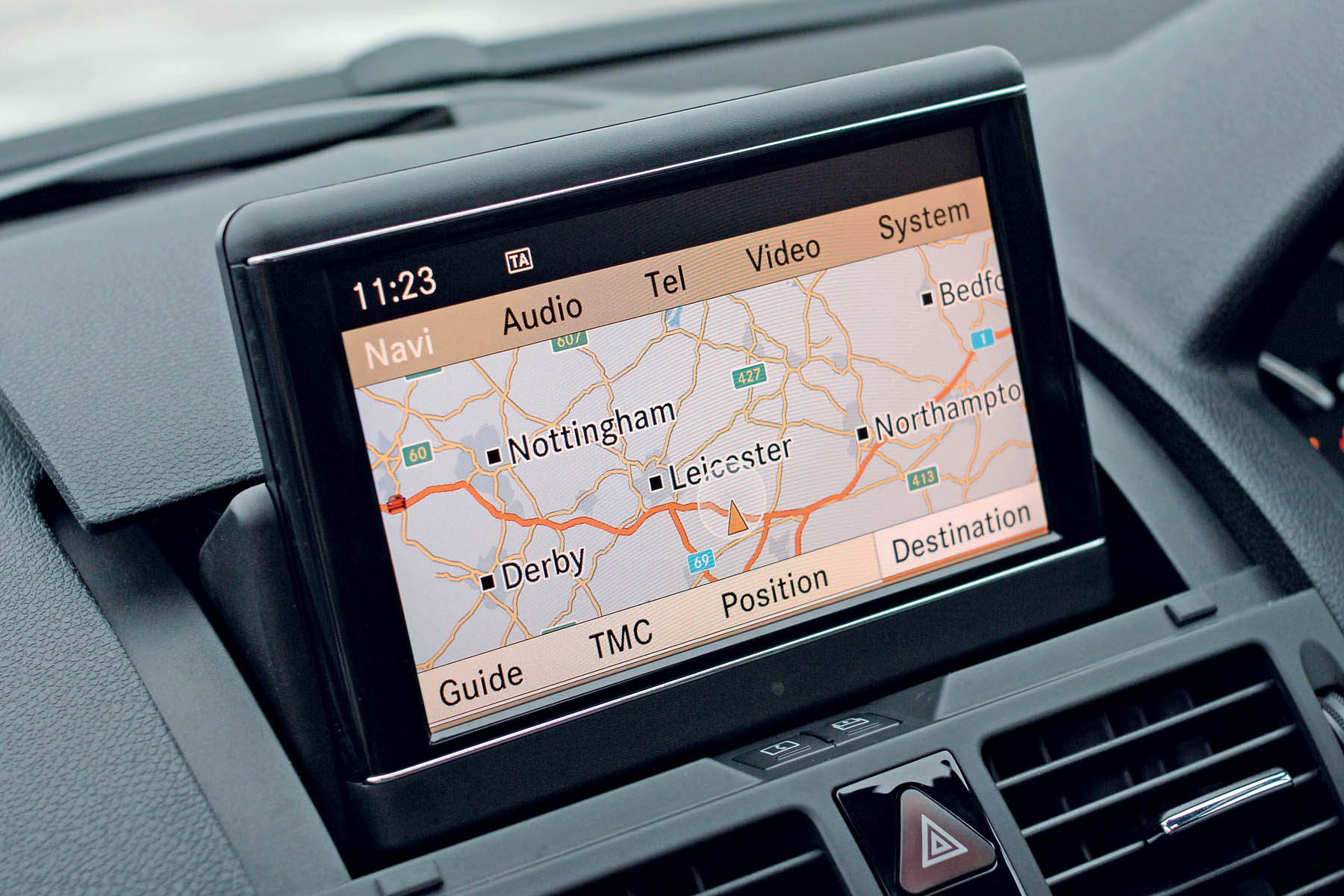Technology surrounds us and affects us all. We either move with it or find ourselves left behind. This article will explore three ways that modern technology has improved our lives.
The Internet
The internet, or world wide web, has improved lives through improved communication – and the history of internet is certainly a fascinating read if you’re curious about just how it came to be. The internet has allowed us to bypass a slower system of posting letters between one another, and instead, to instantly share documents and pictures between one another. It has uses in business, education, and for the personal user. The advent of social media online has led to the continued development of apps for mobile phones. “Internet surfing”, a phrase coined by librarian Jean Armour Polly in 1992, has changed shopping forever, moving consumer spending from the high street to online. Food can be delivered in time slots that fit our busy lives. Nowadays people do rely a lot on the internet, jobs have been born simply because the internet exists and that is amazing. There is now even more choice for people to get the internet that they want that fits in with their lives, from rural internet to family internet, it can reach far and wide so everyone has a chance to connect.
You may be wondering now, what is the difference between the internet and the world wide web. Well, the internet is the network of all the connected computers, whereas the web represents the pages you see and the emails and files that travel across this network. Both terms are used by many to mean the same thing. Terms that are now the first thing that we think about when we get up in the morning to check our emails, and when we arrive at our office desk if we rely on computers to do our job.
The internet has meant time being saved because no longer do we have to travel to and from meetings if that is what we do. We can use social media platforms to hold a meeting. We can see others as well as speak to them and feel like we are in an actual meeting. Anyone in business can observe the expressions and body language of others as they explain why a certain business deal will be beneficial to both companies.
Moreover, because everything has advantages and disadvantages, the internet is very different. With the advent of the internet, a slew of online hackers has emerged into the spotlight. Where they are usually waiting to hack a website or record a person’s bank account information and then misuse it. Hence, it’s better to use a VPN whenever you use an open Wi-fi. However, before investing in any VPN service, it is best to conduct extensive research on the service provider to know how reliable they are. For example, if you are planning to buy an ipvanish VPN, you should read an ipvanish review beforehand so that you can figure out what to expect from your provider.
The Mobile Phone
No longer does a businessperson have to wait by the phone for calls, they can be out and about conducting business and still receive phone calls on their mobile devices. Then, not on one sized like a “brick”, as they were referred to in the 80s, but on one that slides easily in and out of the pocket. The first handheld mobile phone, of a cellular type, was demonstrated by Motorola representatives John F. Mitchell and Martin Copper in 1973. They were using a handset which weighed a colossal 2 kilograms, or 4.4 1b in those days. In 1979, an automated cellular commercial network was launched by Nippon Telegraph and Telephone. The rest is history as devices became smaller but with the temptation to make screens larger for gaming and streaming purposes.
Smartphone technology dates to 1997. The Ericsson GS88 “Penelope” model is the first mobile phone to be termed a “smartphone”. After this prototype, which never reached the market, it was to be a further 10 years until Apple’s iPhone could be purchased. The first Apple iPhone would have no App Store, so we have come a long way since. A smartphone is now recognizable by its touch screen and a vast choice of apps, which give its user access to music via streaming, interactive games, social media platforms, and business contacts.
Mobile phones have also revolutionized businesses with the ability to bring their stores and outlets to clients and customers through applications. But this convenience is not without risk. Data breaches, installation of ransomware, and the overall threat of a cyberattack tend to linger around as users scroll through the application without realising that their data can be stolen. Therefore, businesses that rely heavily on mobile usage at the ends of both, the consumer and the business, should invest in high-grade security services in order to Secure mobile devices, and their users from any possible attack.
Sat Navs
Satellite navigation systems were first developed alongside Philips CARIN. GPS Navigation systems were first made available in cars when Oldsmobile introduced it to the US with the production of its car known as GuideStar. It is recommended that every three to six months you run an update for your sat nav as road layouts continue to change.
The GPS (Global Positioning System) is owned by the US government and run by its Air Force. It is a radio navigation system that is space-based. It has the capabilities to, with meter-level accuracy, pinpoint a three-dimensional position to 10-nanosecond levels. It can do this 24/7 and worldwide.
So, one technology leads to another. The internet has led to social media, which in turn has led to portable devices capable of accessing it as well as making calls, which has also meant needing something to help navigate us around our newly found contacts.

